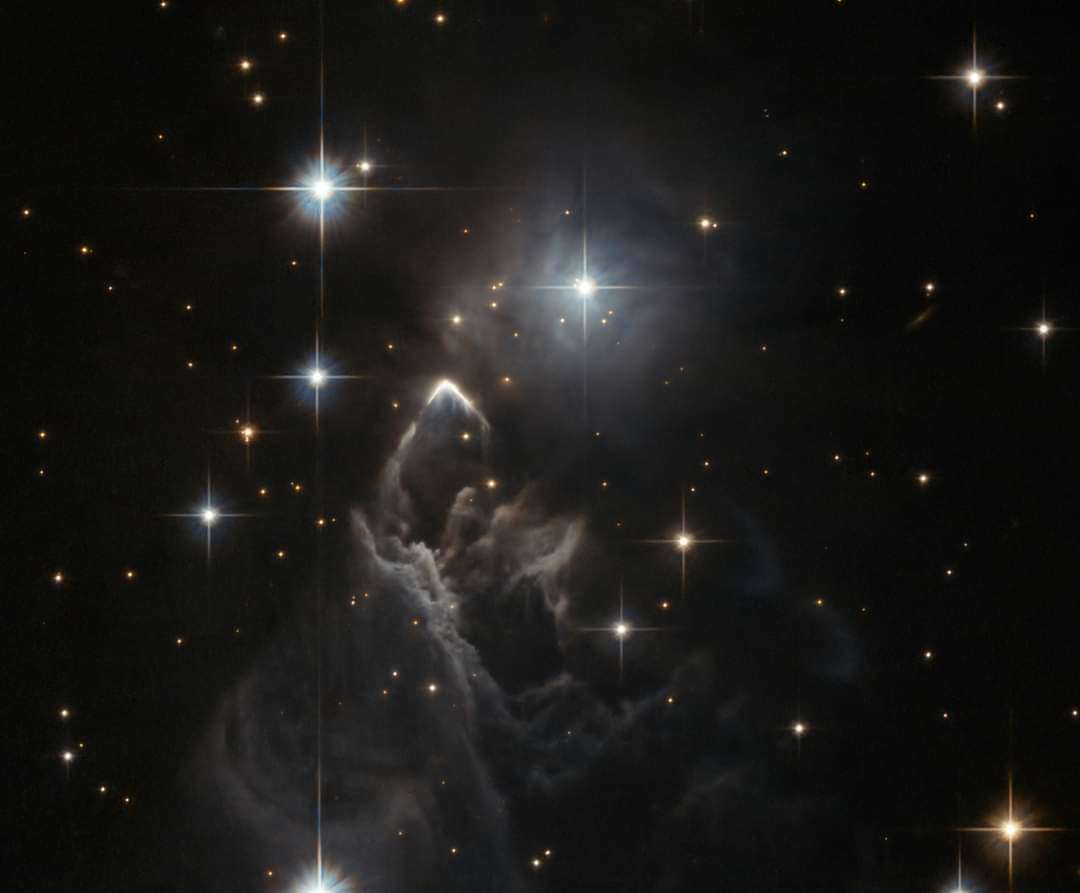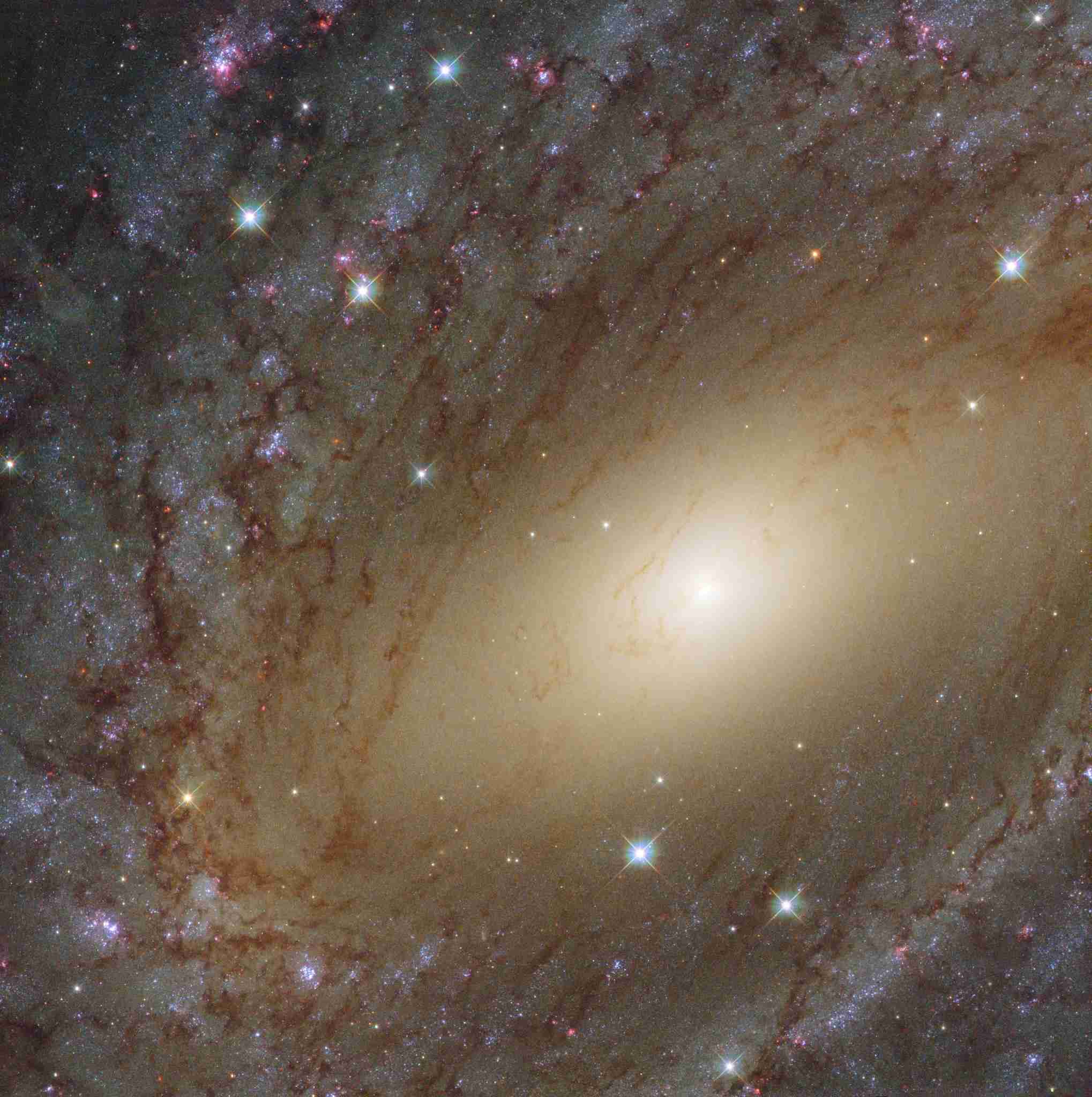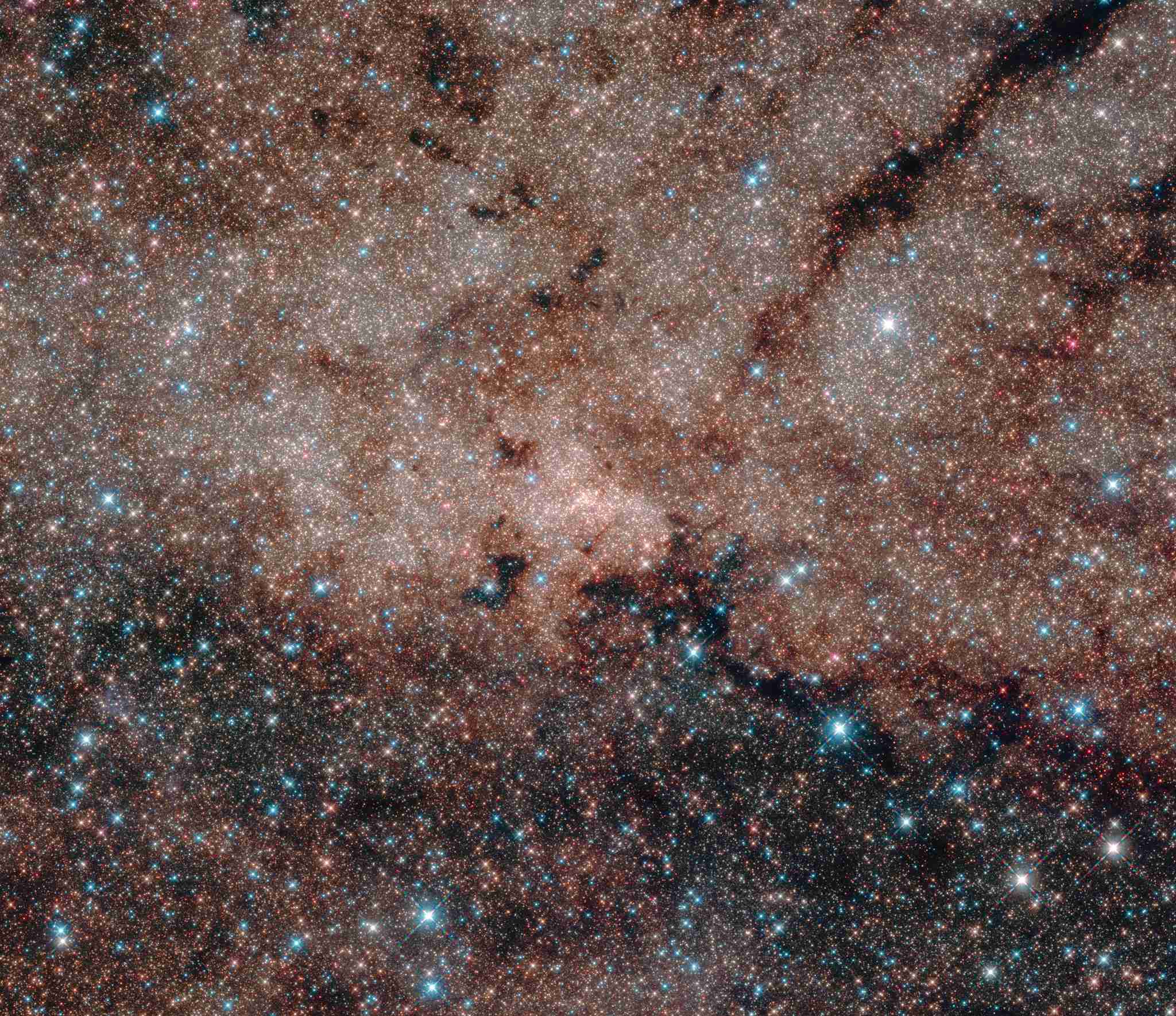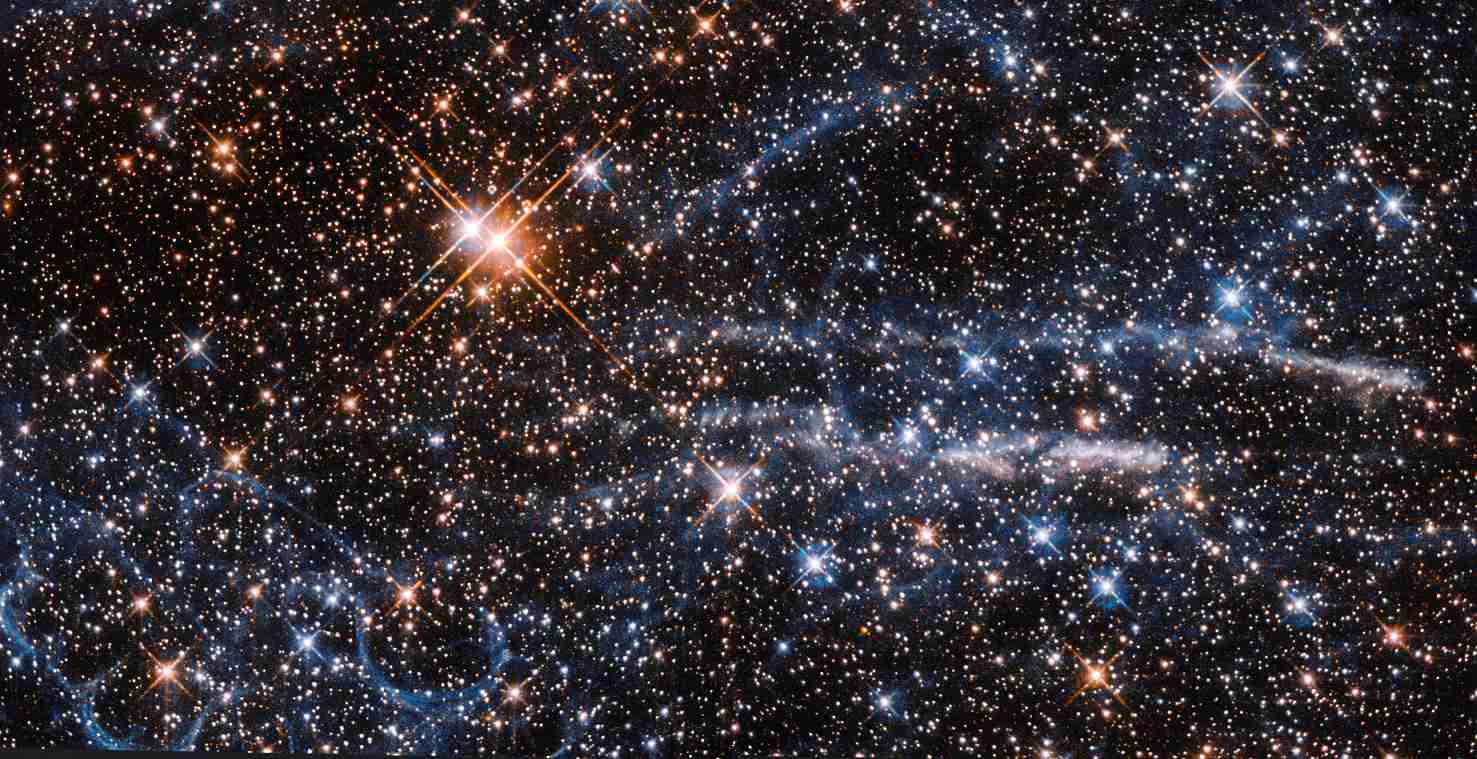Shine bright, NGC 5033 💖
The glowing heart of this galaxy is called an active galactic nucleus.
Seen at the center of this #hubbleclassic view, it's powered by a supermassive black hole and shines brightly across the whole electromagnetic spectrum.
NGC 5033 is located about 40 million light-years away, in the constellation Canes Venatici. It has many similar qualities to our home Milky Way Galaxy: NGC 5033 is also about 100,000 light-years across, and has spiral arms dotted with blue patches of ongoing star formation.
Its relative proximity to Earth makes it an ideal target for astronomers to study its active galactic nucleus in detail.
Image credit: ESA/Hubble & NASA; Acknowledgment: Judy Schmidt
#nasa #hubble #classic #galaxy #space #stars #science #astronomy #universe #telescope

 News Feed
News Feed  Albums
Albums  Popular Posts
Popular Posts  Memories
Memories  Pokes
Pokes  Blog
Blog  Market
Market  Directory
Directory  Events
Events  Games
Games  Jobs
Jobs  Offers
Offers  Find friends
Find friends  Common Things
Common Things  Fundings
Fundings 


